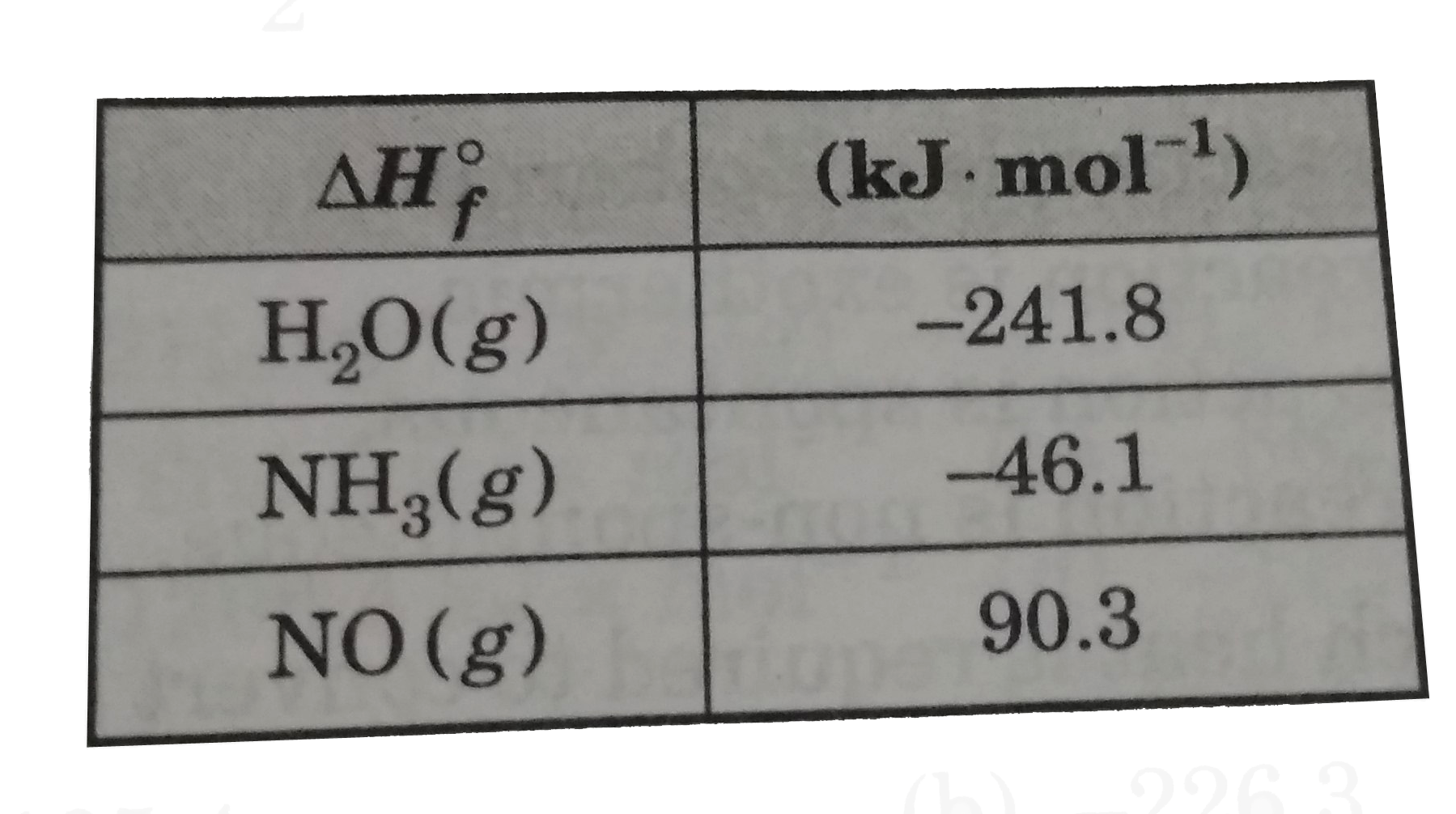given NO(g)+O3(g)→NO2(g)+O2(g) ΔH=198.9kJ/mol
O3(g)→3/2O2(g) ΔH=−142.3kj/mol
O2(g)→2O(g) ΔH=+495.0kj/mol
The entalpy change (ΔH) for the following reaction is
NO(g)+O(g)→NO2(g)
−304.1kJ/mol
+304.1kJ/mol
−403.1kJ/mol
+403.1kJ/mol
The correct Answer is:a
NO+O3→NO2+O2ΔH=−198.9kJ//mole
O3→32O2(g)ΔH=−142.3Kj//mole
O2→2O2(g)ΔH=+495.0K J//mole
ΔHofNO+O(g)→NO2(g)
for thisi−ii−iii2
198.9−(−142.3)−4952
304.1 " KJ//mole"
Topper's Solved these Questions
Similar Questions
Knowledge Check
use the thermodymanmic information :
12N2(g)+12O2(g)ΔH∘=90.4Kj/mol
12N2(g)+O2(g)ΔH∘=33.8KJ/mol
2NO2(g)→N2O4(g)ΔH∘=−58.0KJ/mol
to Calcualate ΔH∘ Kj /mol for the reaction :
2NO2(g)+O2(g)→N2O4A−171.2B−114.6C114.6D171.2C(s)+O2(g)→CO2(g), ΔH=−94.3kcal/mol
CO(g)+12O2(g)→CO2(g), ΔH=−67.4kcal/mol
O2(g)→2O(g), ΔH=117.4kcal/mol
CO(g)→C(g)+O(g), ΔH=230.6kcal/mol
Calculate ΔH for C(s)→C(g) in kcal/molA171B154C117D145The heat change accompanying the reaction
2H2(g)+O2(g)→2H2O(l) :
ΔH=−136kcal is calledAxkJ is the heat of formation of H2OBxkJ is the heat of reactionCxkJ is the heat of combustion of H2Dx/2 kJ is the heat of formation of H2O
ΔfH∘ofCO2(g),CO(g),N2O(g)andNO2(g) in KJ/ mol are respectively -393 -110,81 and 34.Calculate the ΔH in kj of the following reaction:
2NO2(g)+3CO(g)→N2O(g)+3CO2(g)
View SolutionDetermine ΔHrxn for the reaction in KJ .mol−1
2NH3(g)+52O2(g)→2NO(g)+3H2O(g).

View SolutionGiven C(graphite)+O2(g)→CO2(g),
ΔrH0=−393.5kJ mol−1
H2(g)=+12O2(g)→H2O(1),
ΔrH0=−285.8 kJ mol−1
CO2(g)+2H2O(1)→CH4(g)+2O2(g),
ΔrH0=+890.3kJ mol−1
Based on the above thermochemical equations, the value of ΔrH0 at at 298 K for the reaction
C(graphite)+2H2(g)→CH4(g) will be:
View SolutionThe average O−H Bond energy in H2O with the help of following data :
(P) H2O(l)→H2O(g), ΔH=+40.6kJmol−1
(Q) 2H(g)→H2(g), ΔH=−435.0kJmol−1
(R ) O2(g)→2O(g), ΔH=+489.6kJmol−1
(S) 2H2(g)+O2(g)→2H2O(l), ΔH=−571.6kJmol−1
View SolutionThe enthalpy of vaporisation of liquid water using the data
H2(g)+12O2(g)→H2O(l) , ΔH=−285.77kJ/mol
H2(g)+12O2(g)→H2O(g), ΔH=−241.84kJ/mol
View Solution
